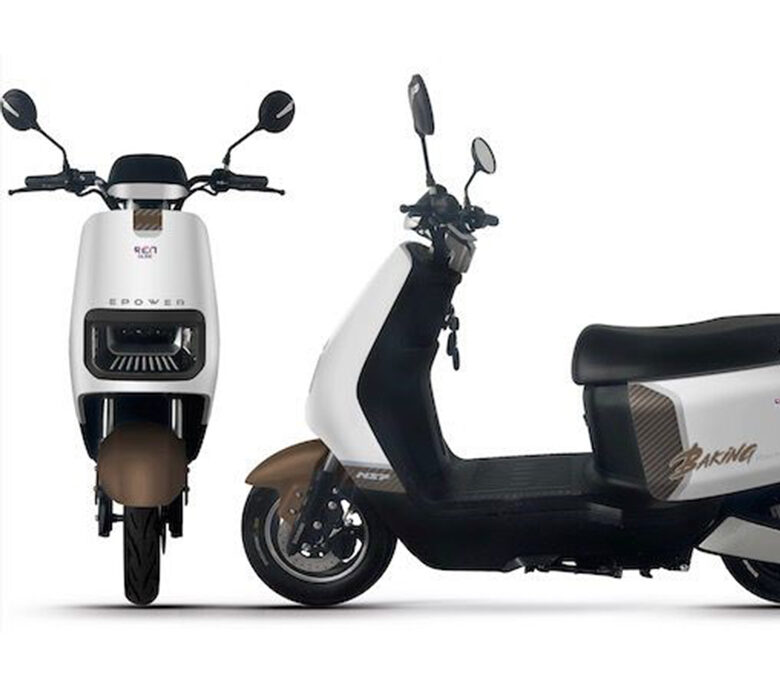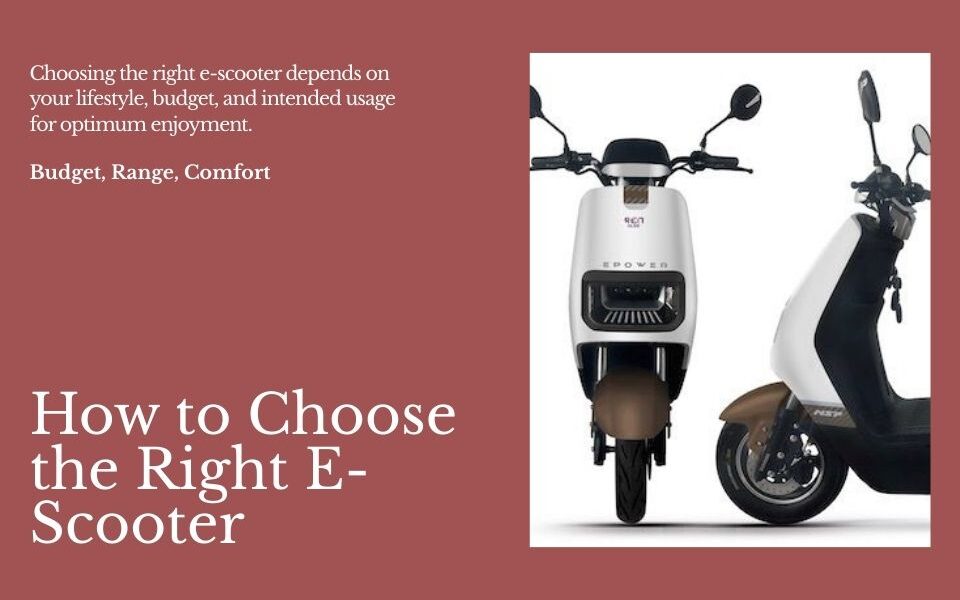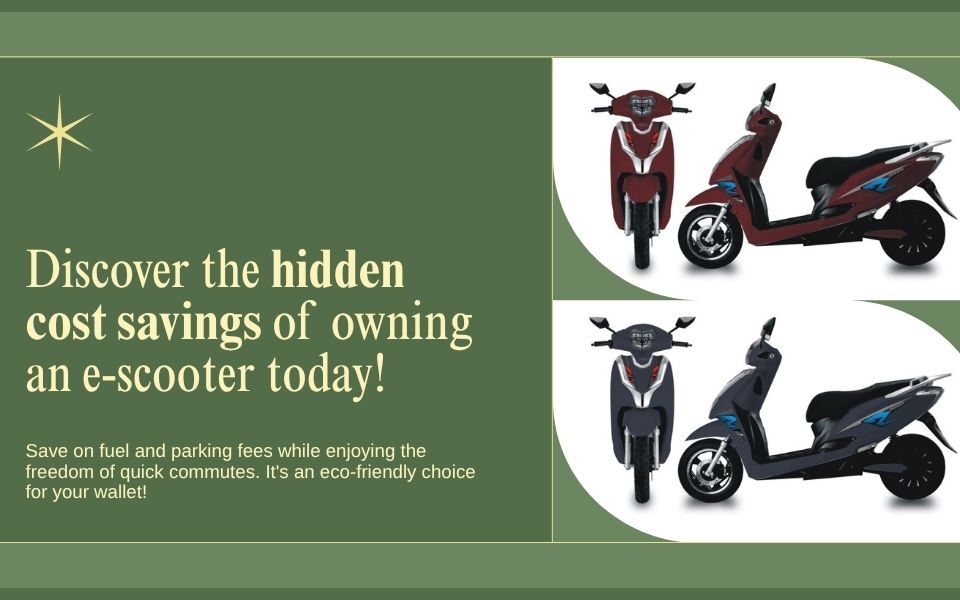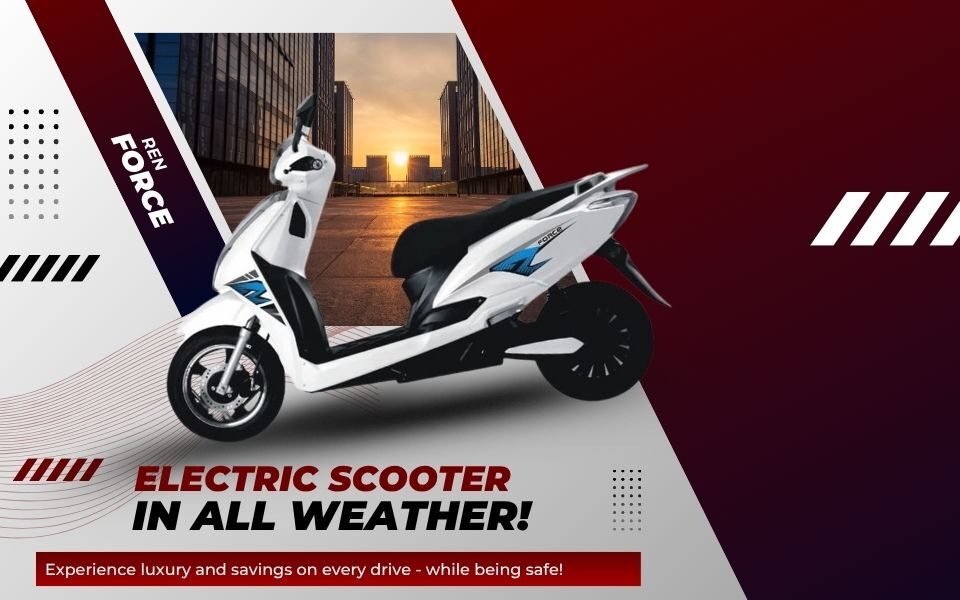
Are Electric Scooters Safe? Myths vs Reality
April 11, 2025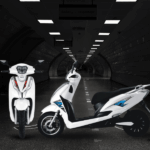
Few Tips to Get the Most Out of Your Electric Scooter Battery
May 30, 2025Understanding E-Scooter Basics
Electric scooters, commonly referred to as e-scooters, have rapidly gained popularity due to their convenience, eco-friendliness, and efficiency in urban transportation. To effectively diagnose and resolve common issues that arise with e-scooters, it is crucial to understand their basic components, as well as how these elements function together. An electric scooter primarily consists of several key parts: the battery, motor, brakes, and tires.
The battery acts as the core power source for the electric scooter, typically utilizing lithium-ion technology. Its capacity directly affects how far the scooter can travel on a single charge, with larger batteries allowing for extended ranges. Knowing how to maintain and monitor battery health is essential, as a failing battery can render the scooter inoperable. Regular checks for signs of wear and optimal charging practices can help in prolonging battery life.
The motor is another vital component, responsible for converting electrical energy from the battery into mechanical energy, allowing the scooter to move. Different scooters employ various motor types, with hub motors becoming increasingly prevalent due to their compact design and efficiency. Understanding the motor’s specifications, such as wattage and placement, can provide insights into the scooter’s performance capabilities and limitations.
Brakes are crucial for safety and control, and most electric scooters are equipped with either mechanical or electronic braking systems. Familiarity with the braking mechanism is important; users should regularly inspect brake pads and cables for wear or damage, ensuring safe operation. Lastly, the tires of an e-scooter must be maintained properly to ensure optimal traction and stability. A well-maintained tire can significantly enhance the riding experience and reduce the likelihood of accidents.
By comprehensively understanding these components, users can more effectively troubleshoot issues that may arise, ultimately enhancing the overall longevity and performance of their e-scooter.
Battery Issues and Solutions
One of the prominent issues faced by electric scooter users is related to battery performance. As the core component that powers the scooter, the battery can experience a range of problems, particularly as it ages or is subjected to improper usage. Users often report reduced charging capacity, a failure to charge, or sudden loss of power during rides, which can significantly hinder the overall experience of using an escooter.
A primary cause of reduced charging capacity stems from the battery’s age and its charge cycles. Lithium-ion batteries, commonly found in electric scooters, are typically rated for a certain number of charge cycles before their capacity diminishes. Over time, frequent deep discharges—where the battery is drained completely—can lead to a quicker degradation of its performance. To combat this, e-scooter users should aim to charge their battery when it reaches about 20% capacity instead of allowing it to deplete fully, thereby preserving battery health.
Another common issue arises when the battery fails to charge. This could be attributed to several factors, including faulty chargers, loose connections, or damaged charging ports. Users should first inspect the charger and ensure that all connections are secure. If the charger appears operational but still cannot charge the battery, it may be beneficial to test with an alternative charger compatible with the electric scooter, which can often determine if the original charger is the issue.
Sudden loss of power can often be both alarming and dangerous for riders. This can happen due to overheating, aging components, or internal short circuits. Regular maintenance checks of the battery, including inspecting for signs of wear, can prevent this problem. Moreover, storing the scooter in a cool, dry place and avoiding extreme temperatures can enhance battery stability and longevity. Implementing these strategies can significantly improve the overall functioning and lifespan of an electric scooter’s battery, thus ensuring a more reliable ride for all users.
Mechanical and Electrical Failures
Electric scooters, or escooters, are convenient modes of transportation that provide an eco-friendly alternative for urban commuting. However, like any mechanized device, they are susceptible to mechanical and electrical failures. Understanding these failures is crucial for maintaining an electric scooter in optimal working condition.
One common issue involves faulty brakes. Signs of brake malfunction may include unusual noises during operation, diminished stopping power, or a spongy feel in the brake lever. Such difficulties can arise from worn brake pads, misalignment of brake components, or fluid leaks in hydraulic systems. Regular inspection and maintenance of brake systems can prevent further complications; however, should the issue persist, it might necessitate replacement components or professional assistance.
Another frequent problem is a malfunctioning motor. Users may notice decreased acceleration, odd noises from the motor, or failure to engage when powered on. The decline in performance might result from a number of factors, including battery depletion, wiring issues, or internal damage within the motor itself. Checking the battery’s charge level and connections is an essential troubleshooting step. If the motor is suspected to be defective after these checks, consulting a technician may be required to avoid further damage.
Connectivity issues with electronic components can also arise, particularly with smart electric scooters. Users may experience problems connecting the scooter to mobile applications or GPS functionality. These issues may stem from outdated firmware, interference from other devices, or software glitches. Performing regular software updates and ensuring an unobstructed signal can help mitigate these connectivity problems.
While many mechanical and electrical issues can be resolved through basic troubleshooting, seeking professional help is advisable for more complex repairs. Frequent checks and timely maintenance are key to ensuring the longevity and performance of your electric scooter.
Safety Concerns and Maintenance Tips
The popularity of electric scooters, or escooters, has surged in recent years, providing users with an efficient mode of transportation. However, this widespread use brings forth various safety concerns that users need to be acutely aware of. One of the most significant safety issues is tire wear. Properly inflated tires that are free from defects are crucial for effective traction and stability. Riders should periodically inspect their tires for signs of wear and ensure they are inflated to the recommended pressure. Replacing tires that have become worn out is essential to prevent accidents while riding an electric scooter.
Another vital aspect of safety involves the braking system of the escooter. A malfunctioning brake can lead to serious accidents, as they are responsible for stopping the scooter in critical situations. It is advisable to check the brake pads and cables regularly for signs of wear and to test the brake functionality before each ride. If the brakes feel spongy or unresponsive, immediate maintenance is required to restore their effectiveness.
Moreover, lighting functionality should not be overlooked. Many electric scooters are equipped with headlights and taillights, which play a crucial role in night riding safety. Ensuring these lights are working properly helps enhance visibility to others on the road. Regularly checking these lights and replacing any burnt-out bulbs will significantly increase safety during night rides.
To maintain an electric scooter effectively, users should adhere to a regular maintenance schedule. This includes cleaning the scooter to remove dirt and debris and check for loose components that may result in mechanical failures. Additionally, keeping the battery charged and monitoring its health can extend the life of the scooter. By following these maintenance tips and addressing safety concerns proactively, riders can ensure a safer and more enjoyable experience while using their escooter.

